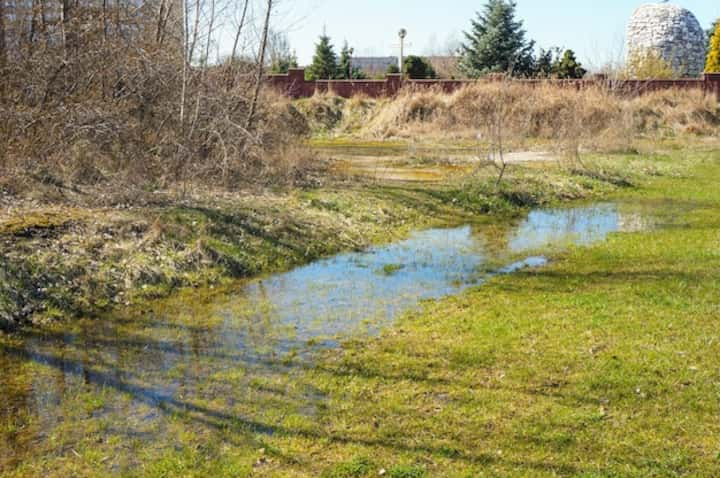
Expert Tips for Concrete Slab Leak Repair
Concrete slab leaks can lead to substantial damage if not addressed promptly and effectively. These leaks can cause structural issues, water damage, and increase utility bills. Understanding the signs of a slab leak and knowing how to address them can save homeowners from extensive repairs and significant expenses. This article provides expert tips on identifying and repairing concrete slab leaks, ensuring the longevity and safety of your property.
Identifying Concrete Slab Leaks
Recognizing the early signs of a slab leak can help mitigate damage and reduce repair costs. Key indicators include:
- Unexplained increase in water bills
- Wet spots on floors or carpets
- Warm or cold patches on the floor
- Cracks in walls or flooring
- Mold or mildew growth
- Sound of running water when all taps are off
For more comprehensive information on detecting slab leaks, explore further insights here.
Steps for Concrete Slab Leak Repair
1. Confirming the Leak
Before any repair, it is crucial to confirm that a leak exists. This can involve:
- Conducting a pressure test on the water lines
- Using electronic leak detection equipment
- Engaging thermal imaging to locate the leak
Read more about this topic by visiting this detailed guide.
2. Locating the Leak
Once a leak is confirmed, pinpointing its exact location is essential. This can be achieved by:
- Listening for sounds of water under the slab
- Using tracer gas detection methods
- Employing video inspection techniques
Find additional information on locating leaks here.
3. Repairing the Leak
Various methods can be employed to repair a slab leak, depending on the severity and location of the leak:
- Epoxy Restoration: Suitable for minor leaks, involving the application of epoxy to seal cracks.
- Pipe Rerouting: Involves bypassing the damaged section by rerouting the pipes through the walls or ceilings.
- Tunneling: Excavating under the slab to access and repair the leak without damaging the flooring.
- Jackhammering: Breaking through the concrete slab to access the leaking pipe directly.
Each method has its pros and cons, and the choice depends on factors such as cost, time, and extent of the damage. Learn more in this detailed guide.
Preventive Measures for Slab Leaks
Preventing future slab leaks can save time and money. Consider implementing the following measures:
- Regular maintenance checks for plumbing systems
- Ensuring proper drainage around the foundation
- Installing a water softener to reduce pipe corrosion
- Monitoring water pressure to avoid overloading pipes
For more preventive strategies, explore further insights here.
Conclusion
Concrete slab leaks pose significant risks to property integrity and can lead to costly repairs if not addressed promptly. By identifying the signs early, confirming the presence of a leak, and choosing the appropriate repair method, homeowners can effectively manage and mitigate these issues. Additionally, implementing preventive measures can help maintain the health of your plumbing system and extend the lifespan of your property. For more detailed guidance and professional advice, find additional information here.